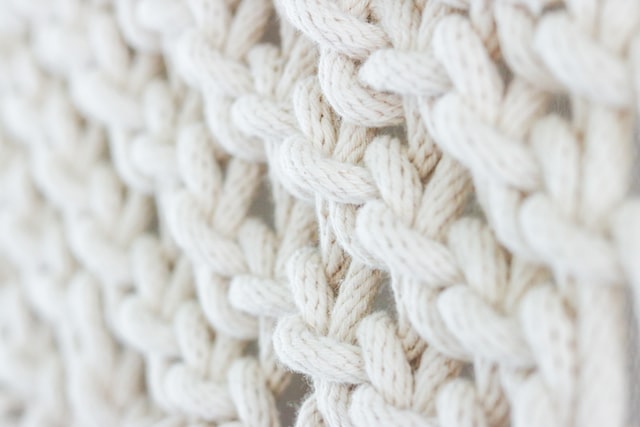
Merino Wool 101
Not your grandparents' ragg wool...
Before we made clothing products, we wore other people’s products; all the while, wanting different, better clothes to keep us warm in the winter and cool in the summer. But we still get cold in the winter and wet and clammy in the summer.
After years of research, we were led to an old favorite of our grandparents: wool. It helped keep us warm and toasty all winter and remarkably cool in the summer. Today, with modern craftsmanship, wool suits offer these natural benefits, combined with added comfort and style.
Then we discovered Merino Wool. And, our world was changed forever.

Breathability and Moisture Management
Merino wool breathes and manages moisture better than any other fiber.
Time for a little science:
Breathability is the ability of a fabric or fiber to transport moisture in the vapor state from an area of higher humidity to an area of lower humidity. In other words, the more breathable a product is, the better it is at removing moisture from the microclimate (the space between your skin and the garment). As your body heats up, the moisture vapors will be absorbed by the wool fiber and released to the drier environment outside of the fabric, releasing heat and keeping the wearer dry and comfortable.
A Merino fiber can absorb and retain up to 30% of its own weight in moisture and still feel dry to the touch.
Natural Heating and Cooling
Wool often has the stereotype of only being good in the cold. You can credit all the woolly sweaters and scarves you wear in winter, but wool truly is a 4-season fiber.
Think of a sheep. When they get a bit chilly, they don’t head to the closet and grab another layer. When they get warm, they don’t throw on a cotton t-shirt. They only get one shot at it, and Mother Nature has given them the perfect clothing to keep them comfortable year-round in all kinds of conditions.
- Warming
Wool has a natural crimp to it that helps it trap more dead air than any other fiber. Dead air is a fantastic insulator and provides a great buffer against the cold.
Plus, wool fibers do such a good job of moving moisture away from the skin that even if the fabric is soaking wet, the surface area of your skin will remain dry. Merino fibers and fabrics can absorb up to 30% of their dry weight before feeling wet. Most synthetics feel wet after they absorb less than 7%.
- Cooling
Wool can store moisture within the structure of the fiber. As your body warms up, the moisture stored within the fiber will begin to evaporate, cooling the air between your skin and the fabric. The warmer you get, the more evaporation takes place, and the larger the cooling effect

Wicking Wonders
You know how wool moves moisture vapor before it turns to sweat. But what happens when we perspire faster than the vapor can be transported? At this point, wool will move liquid mechanically, just like synthetics do.
Both synthetics and wool can wick, but only wool can wick away moisture in its vapor state.
Strength and Resilience
A wool fiber is a complex structure that, believe it or not, behaves remarkably similar to our skin; naturally cooling and heating as the body needs.
Predominantly made of interlocking protein molecules known as keratin, the same protein present in our own skin and hair, individual wool fibers can be bent, flexed, and stretched in any direction 30,000 times or more without damage. Now that’s one strong fiber!
In addition, wool fibers have a natural curl called the “fiber crimp,” which improves the elasticity and overall resilience of the fiber.

Odor Resistance
Because of wool’s ability to effectively manage moisture, odor-causing bacteria don’t have the moist environment they need to thrive. You can wear wool during intense activity and over extended periods of time without having to worry about odor.
Ditch the Itch
Wool is infamous for being an itchy fabric. Merino wool, however, is a different story.
The “itchiness” people associate with wool is determined by the diameter of the fibers used. Larger, broader fibers are less flexible and have less ability to bend, which results in a prick when pressed against the skin, causing the sensation of itch.
Merino wool can ditch the itch thanks to its fiber’s smaller diameter, or being “finer”. These fibers are more flexible and softly bend when pressed against the skin and, therefore, don’t itch like other wool.
These finer fibers also enhance wool’s elastic nature, making garments made with Merino wool more able to conform to the shape of the body they’re on, enhancing the garment’s performance and the wearer’s comfort.








Leave a comment
This site is protected by hCaptcha and the hCaptcha Privacy Policy and Terms of Service apply.